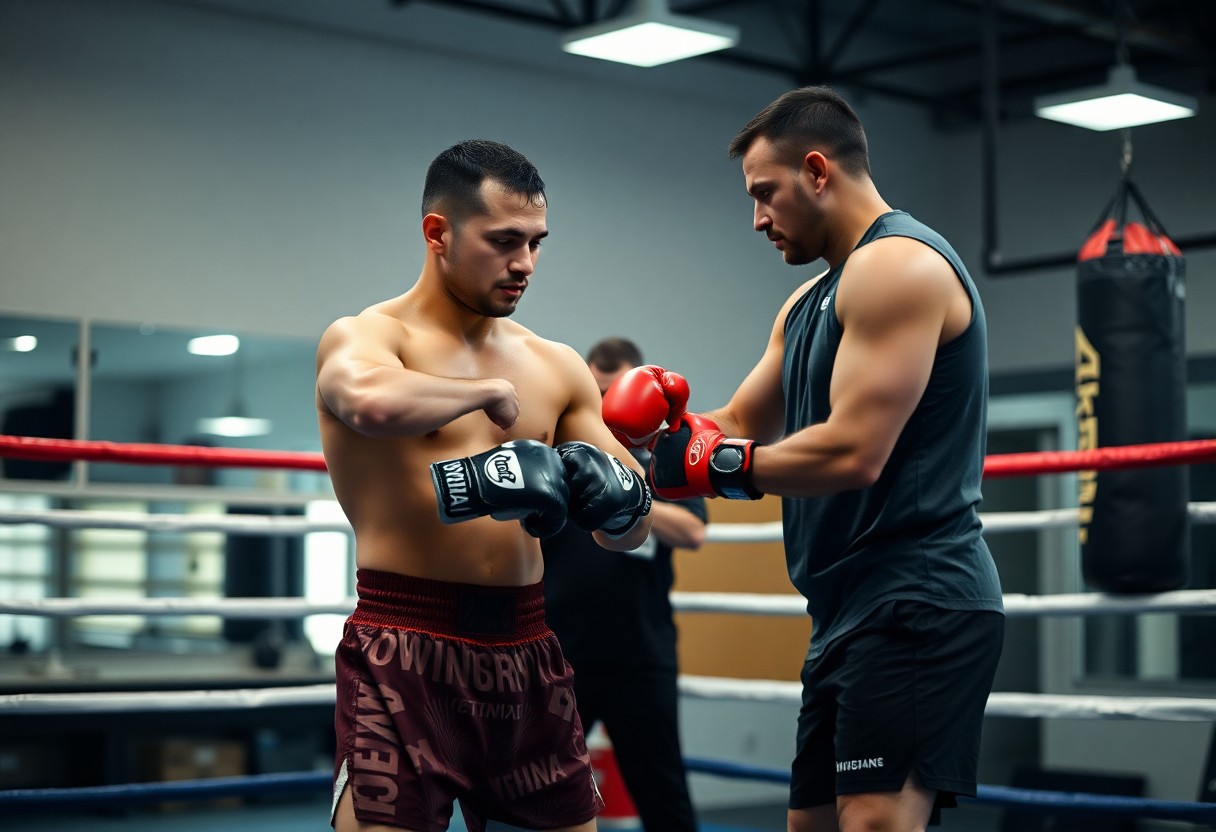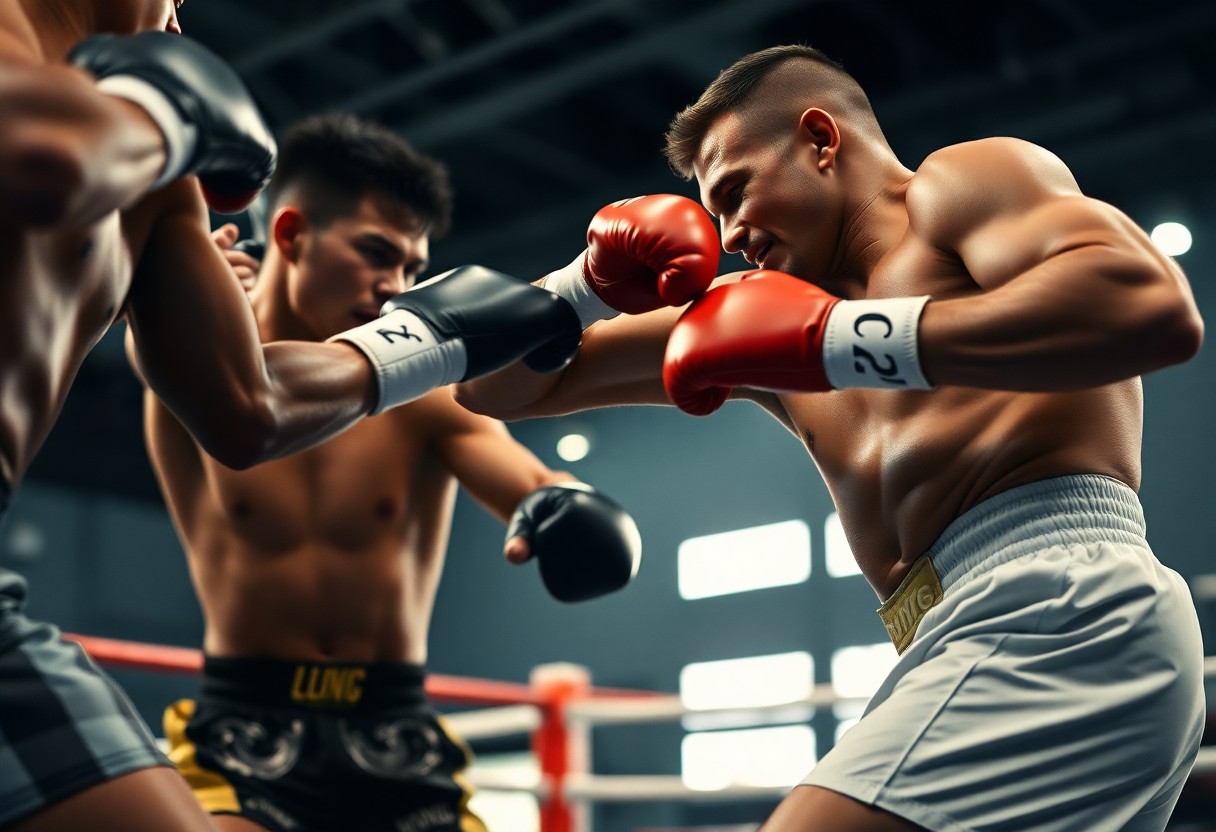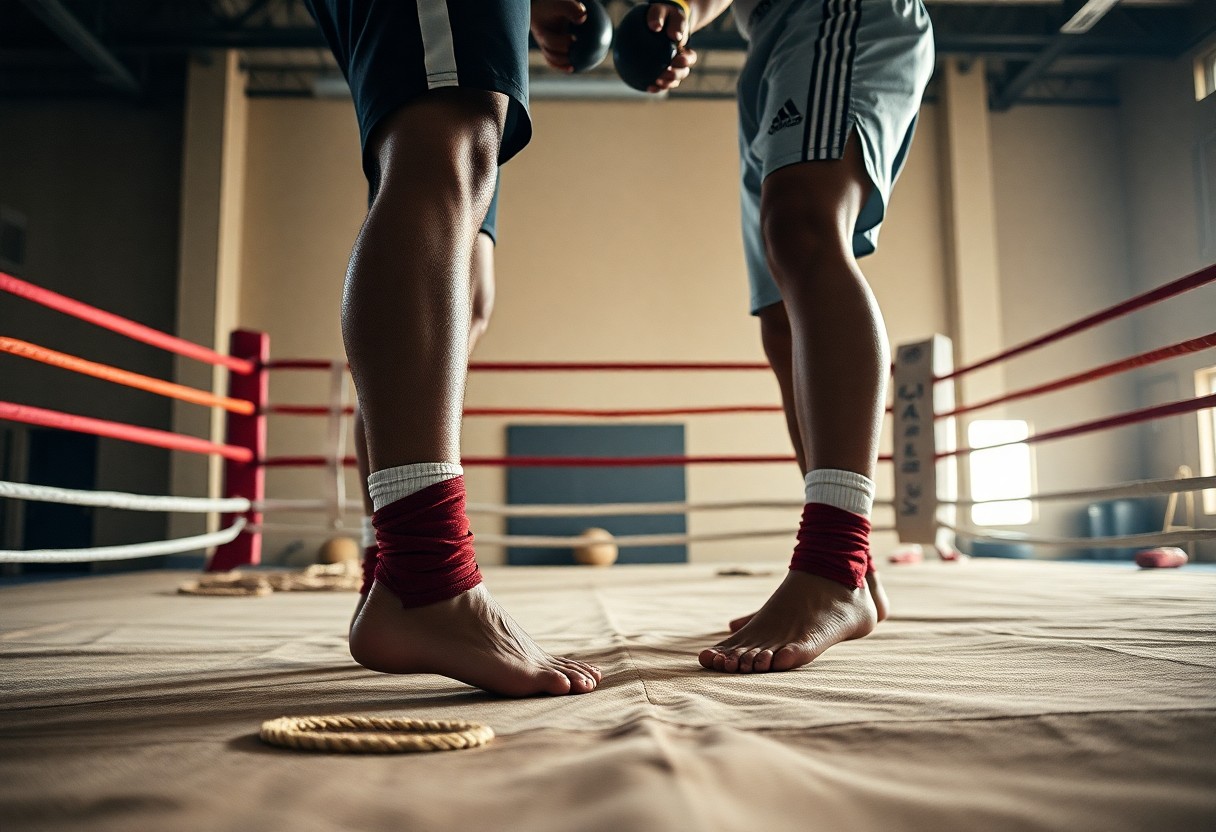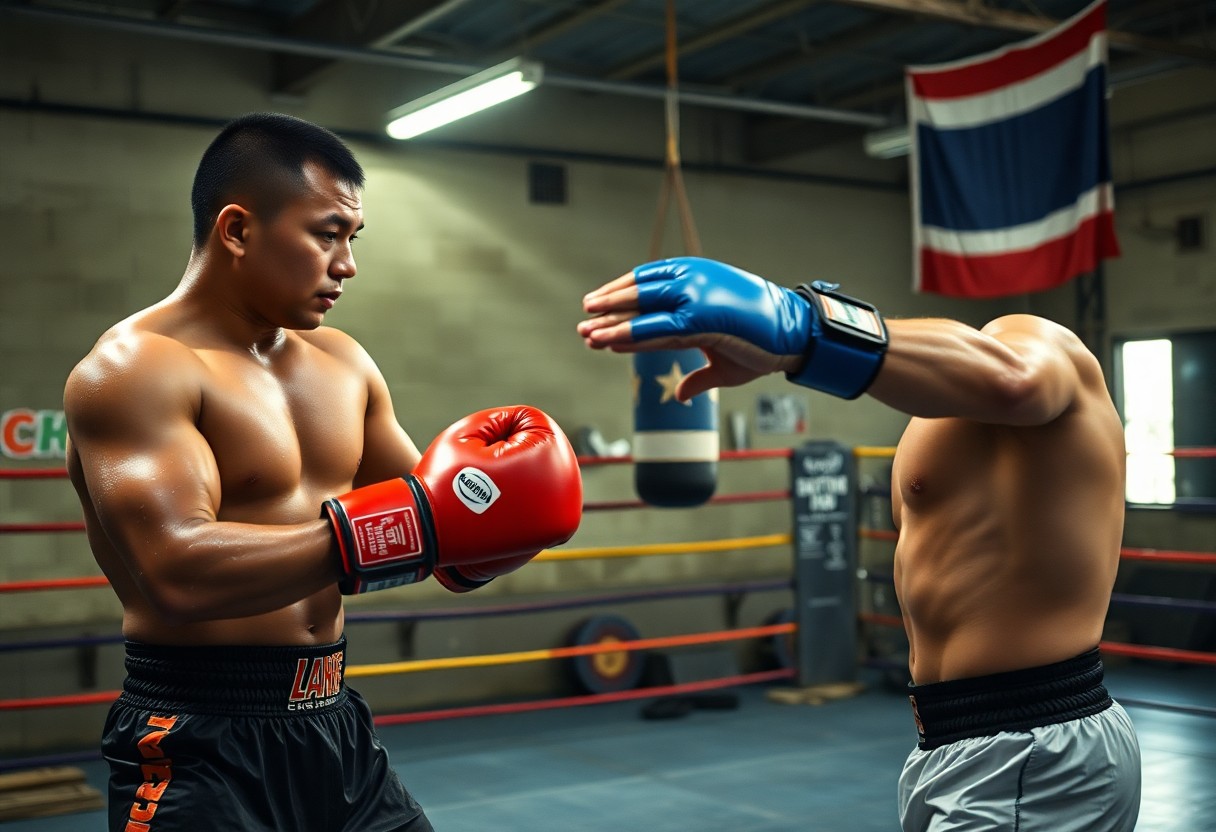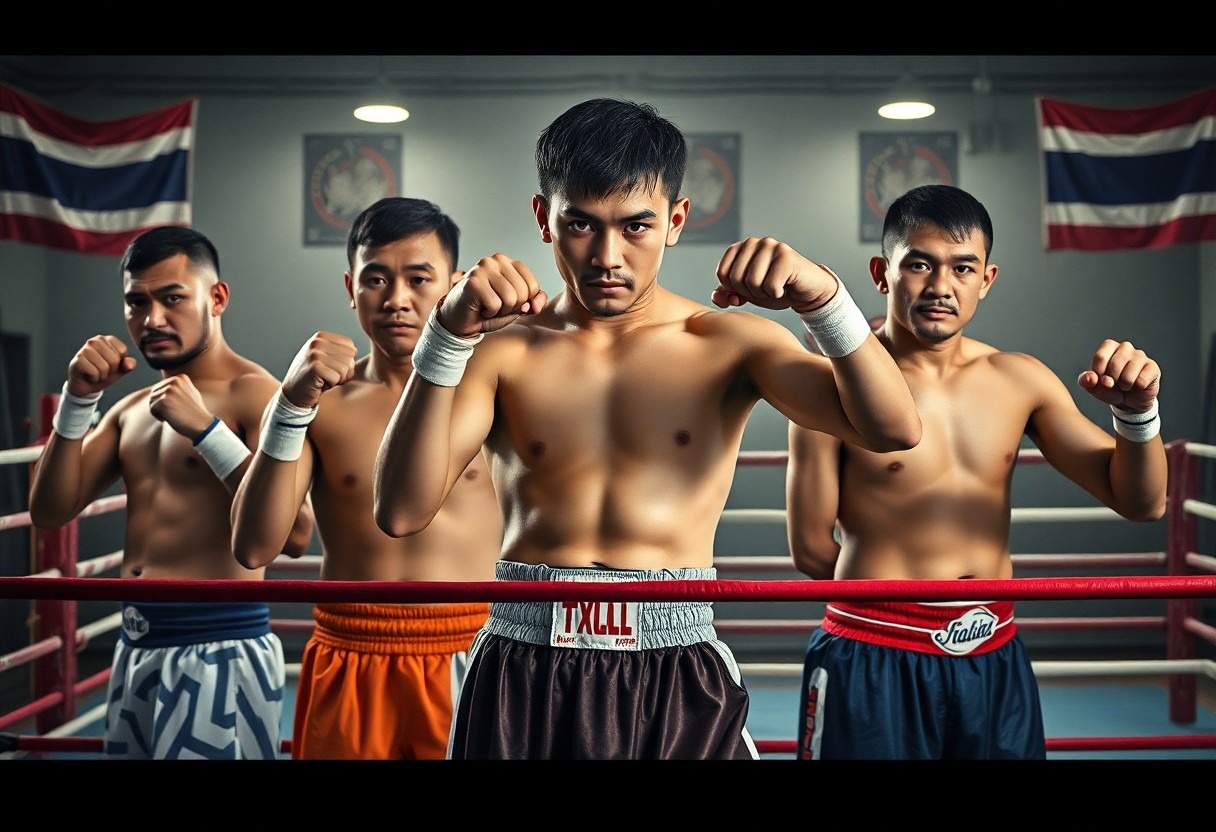
Many consider Muay Thai not just a sport, but a way of life, deeply rooted in tradition and culture. This guide explores the lives and careers of the most influential fighters in the history of this striking art, showcasing their remarkable achievements, devastating skills, and the profound impact they have made on the sport. From legendary champions to those who have shaped the modern landscape of Muay Thai, these fighters exemplify the spirit and integrity of the discipline.
Types of Influential Muay Thai Fighters
- Legendary Fighters
- Modern Icons
- Women Pioneers
- Regional Champions
- International Influencers
Assume that each type has played a significant role in elevating the sport of Muay Thai to greater heights.
| Legendary Fighters | Known for their timeless legacy, dominating the sport, and influencing generations. |
| Modern Icons | Current standout fighters who have elevated Muay Thai’s status worldwide. |
| Women Pioneers | Trailblazers in women’s Muay Thai, showcasing talent and inspiring future athletes. |
| Regional Champions | Local heroes who have gained prominence and respect in their communities. |
| International Influencers | Fighters who have popularized Muay Thai outside Thailand, leading to global recognition. |
Legendary Fighters
Legendary Fighters such as Samart Payakaroon and Dieselnoi Chor Thanasukarn have set the benchmark for excellence in Muay Thai. Their unique styles, technical prowess, and emotional connection to the sport have influenced countless fighters and enthusiasts. With numerous titles and a flair that captivated audiences, their contributions extend beyond the ring, solidifying their status as icons within the martial arts community.
Modern Icons
Modern Icons like Buakaw Banchamek and Saenchai Sinbimuaythai have taken the Muay Thai world by storm with their electrifying performances and global appeal. These fighters not only excel in traditional techniques but also embrace hybrid styles, engaging a broader audience. Their presence in international events has sparked interest in Muay Thai, leading to increased visibility and recognition of the sport globally.
Buakaw and Saenchai exemplify the fusion of tradition and innovation, showcasing stunning techniques that resonate with both seasoned fans and new practitioners. Their participation in high-profile MMA events and global exhibitions has transcended cultural barriers, inspiring a new generation of fighters. As modern ambassadors of Muay Thai, they play an necessary role in shaping the future landscape of this revered martial art.
Key Factors in Becoming Influential
Becoming an influential Muay Thai fighter involves several key factors that define their legacy and impact on the sport. These include:
- Skill Level
- Cultural Impact
- Charisma
- Innovation
- Community Engagement
Any combination of these factors can elevate a fighter from being merely successful to becoming an enduring symbol of Muay Thai’s values and reach.
Skill Level
A fighter’s skill level is paramount in establishing their influence. Techniques such as precise strikes, effective clinching, and superior conditioning can make a fighter stand out in a competitive scene, often leading to championship titles and recognition. For instance, the legendary Buakaw Por Pramuk showcased extraordinary agility and precision, earning him not only accolades but also a global fan base.
Cultural Impact
The cultural impact of a fighter extends beyond the ring, resonating with fans and inspiring future generations. Influential fighters often embody the spirit of Muay Thai, showcasing its traditions and values while promoting the sport worldwide. For example, Saenchai’s mesmerizing fighting style and charismatic personality have brought significant attention to Muay Thai internationally, encouraging a new wave of enthusiasts to embrace the sport.
Cultural impact also involves a fighter’s role in representing their nation and the sport as a whole on international stages. Champions become ambassadors, bridging gaps between cultures through their fight performances and public personas. Their success stories often intertwine with narratives of perseverance, reclaiming identity, and fostering national pride, creating lasting bonds with their communities and motivating aspiring athletes to pursue their dreams in Muay Thai.
Tips for Aspiring Fighters
For those aiming to make their mark in the world of Muay Thai, following a disciplined and strategic approach is paramount. Focus on the fundamentals, practice consistently, and seek expert mentorship. Consider these crucials for success:
- Establish a solid training plan
- Incorporate strength and conditioning
- Prioritize nutrition and recovery
- Engage in regular sparring sessions
- Study fight footage of renowned fighters
Assume that dedication and adaptability will take you far in your journey.
Training Regimens
A well-rounded training regimen includes various components like shadow boxing, bag training, and pad work. Fighters must balance intense striking drills with cardiovascular workouts and flexibility exercises. A typical training week may involve multiple sessions daily, where technical skills are honed alongside strength-building routines. Attention to detail in footwork and technique can significantly enhance performance.
Mental Preparation
Mental preparation is a key aspect of a fighter’s success, involving the development of focus, resilience, and strategic thinking. Visualization techniques, such as imagining fights and scenarios, can help boost confidence and calm nerves. Additionally, incorporating meditation or mindfulness can enhance mental clarity, which is vital in high-pressure situations during bouts.
Understanding that mental preparation can be as critical as physical training allows fighters to develop a complete game plan. Successful athletes often engage in pre-fight rituals to center their thoughts, reducing anxiety. Keeping a journal to track progress and emotions can also foster a deeper connection with one’s training journey. Athletes who cultivate a strong mental game are often the ones who prevail in the ring.
Step-by-Step Journey to Influence
| Stage | Description |
| Beginning as an Amateur | Initial training, local competitions, skill development. |
| Transitioning to Professional | First professional fights, establishing a reputation. |
Beginning as an Amateur
Every influential Muay Thai fighter starts their journey in the amateur ranks, honing their technique and stamina in local competitions, often facing opponents of various styles. This phase is pivotal for developing a strong foundation in skills, strategy, and resilience, with many aspiring fighters participating in numerous bouts to gain experience and build their confidence within the ring.
Transitioning to Professional
As fighters gain experience, many make the leap to the professional circuit, where the stakes are significantly higher. This transition typically involves rigorous training and the need for a solid support system, often led by skilled trainers and managers who guide their athletes through the intricacies of the sport. Establishing a reputation means fighting regularly, often elevating one’s profile through association with larger promotions.
In this professional stage, fighters face more formidable opponents, with fights drawing attention from fans and promoters worldwide. Winning prestigious titles and accolades becomes crucial, as each victory enhances a fighter’s reputation and leads to better sponsorship opportunities. Fighters like Saenchai and Buakaw exemplify this journey, transitioning from humble beginnings to becoming global icons, illustrating the power of perseverance and skill in achieving legendary status within the sport.
Pros and Cons of Being an Influential Fighter
| Pros | Cons |
|---|---|
| Increased earnings through sponsorships and prize money | Invasive media scrutiny and loss of privacy |
| Opportunity to inspire a new generation of fighters | Pressure to maintain performance and reputation |
| Access to better training facilities and coaching | High expectations from fans and promoters |
| Ability to influence the sport’s growth and direction | Potential for intense competition and rivalry |
| Greater networking opportunities within the industry | Increased risk of injury due to heightened visibility |
Advantages of Fame
Fame in Muay Thai can lead to lucrative sponsorship deals and higher prize purses, significantly enhancing a fighter’s financial stability. Influential fighters often become icons and role models, drawing attention to the sport and encouraging aspiring athletes. Their status can open doors to better training opportunities, elite coaching, and access to world-class facilities that might not be available to lesser-known competitors.
Challenges Faced
The path of an influential fighter is fraught with difficulties, often overshadowed by the burden of expectations. Fame can create an unrealistic standard for performance, where even minor setbacks are amplified. Additionally, the constant gaze of fans and media can lead to personal stress, impacting mental health and personal relationships.
Famous fighters often grapple with the intense pressure to perform at their peak consistently, leading to a cycle of anxiety and burnout. For instance, after a loss, an influential fighter may face public criticism that not only affects their confidence but also their brand image. The expectation to be a perfect role model can create a disconnect between their public persona and private struggles, leading to an overwhelming feeling of isolation in a sport that already demands immense physical and mental resilience.
Legacy and Impact on Future Generations
Muay Thai’s most influential fighters have left indelible marks that shape the sport today. Their achievements and styles have inspired countless practitioners, fostering a deep respect for the art. As these fighters transcend national borders, they create a global community that appreciates the sport’s rich culture and history, ensuring that future generations carry forward their legacies and innovations.
Continuing Influence
The impact of legendary Muay Thai fighters like Saenchai and Buakaw remains palpable, with their techniques and philosophies being studied by both fighters and coaches worldwide. Their mastery showcases the balance between striking power and tactical finesse, influencing emerging talents who aspire to emulate their excellence while bringing fresh interpretations to the ring.
Evolving Training Techniques
As the sport evolves, training methodologies also adapt, integrating modern sports science for performance enhancement. Innovative techniques emphasize strength conditioning, recovery, and nutrition, which, combined with traditional practices, develop well-rounded fighters capable of excelling in the ring. This dynamic evolution ensures that athletes maintain peak physical condition while embodying the traditional spirit of Muay Thai.
Modern training programs now incorporate advanced analytical tools, such as video analysis and biomechanics, crucial for refining techniques. Fighters utilize strength and conditioning regimens resembling those in other professional sports, focusing on cardiovascular health and explosiveness. Notably, gyms now feature specialized training on footwork, defensive strategies, and mental resilience. This holistic approach not only improves athletes’ physical abilities but also fosters a strategic mindset imperative for success in competition. Through these evolving methods, the art of Muay Thai continues to grow, preparing fighters for the rigors of contemporary bouts while preserving its historical roots.
Summing up
As a reminder, the legacy of the most influential Muay Thai fighters transcends the ring, shaping the sport’s techniques, strategies, and global recognition. These athletes not only showcased exceptional skill and resilience but also influenced future generations, contributing to the evolution of Muay Thai as a celebrated martial art. Their achievements and dedication have left an indelible mark on the sport, enhancing its prestige and inspiring countless practitioners worldwide.
FAQ
Q: Who are some of the most influential Muay Thai fighters featured in ‘Profiles In Power’?
A: ‘Profiles In Power’ highlights legendary fighters such as Saenchai, known for his technical skills and creativity, Buakaw Banchamek, famous for his powerful striking and global presence, and Dieselnoi Chor Thanasukarn, celebrated for his dominance in the 1980s. Each fighter played a significant role in evolving the sport.
Q: What impact did these fighters have on the sport of Muay Thai?
A: These fighters influenced Muay Thai by popularizing its techniques worldwide, raising awareness of its cultural significance, and inspiring future generations. Their achievements have led to increased participation in the sport both in Thailand and internationally.
Q: What criteria were used to determine the most influential fighters in the book?
A: The book assesses fighters based on their achievements in competitions, contributions to the sport’s popularity, innovative techniques, and their roles as ambassadors for Muay Thai. Factors such as fight records, titles won, and influence on training methods were also considered.


